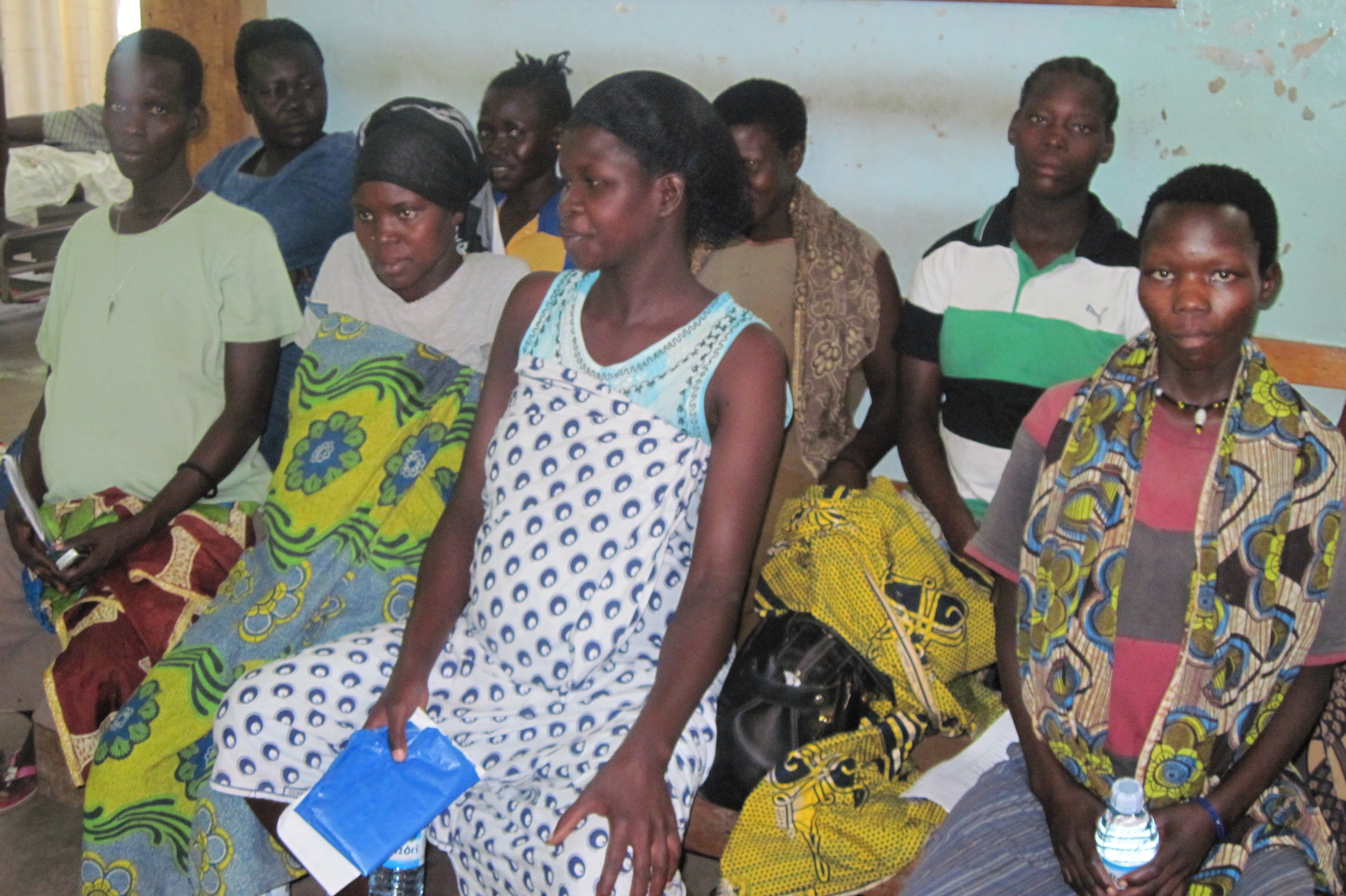Maternal deaths decline below SDG target - govt

Expectant mothers attend antenatal care at Arua Regional Referral Hospital. PHOTO / FELIX WAROM OKELLO
What you need to know:
- The government plans to reduce maternal deaths from 336 per 100,000 live births and meet the target set by the United Nations. However, progress is slower than expected despite increased investment in maternal health services.
The Ministry of Health has said deaths due to complications from pregnancy or childbirth are falling too slowly to meet the 2030 Sustainable Development Goals (SDG) target.
Target 3 of the SDG is to reduce the global maternal mortality ratio to less than 70 per 100,000 live births.
The government plans to reduce maternal deaths from 336 per 100,000 live births and meet the target set by the United Nations. However, progress is slower than expected despite increased investment in maternal health services.
Excessive bleeding related to pregnancy, high blood pressure during pregnancy, infections, unsafe abortion and shortage of medicines and equipment to handle the women with complications, are some of the top reasons, according to the Ministry and independent experts.
Addressing the media yesterday in Kampala ahead of the May 21 commemoration of the World Pre-eclampsia Day, Ms Margaret Muhanga, the State Minister for Primary Healthcare, said they plan to reduce the general maternal death rates by 70 per cent.
Pre-eclampsia is a condition of high blood pressure during and after pregnancy, which is the second leading cause of maternal death.
She said there is a decline in numbers being reported by hospitals from 16 maternal deaths per day to five maternal deaths daily.
“The current rate of decline in maternal and neonatal deaths has been slow for Uganda to attain her sector development goals and the longer-term sustainable development goals (SDG) of 2030. The SDG target for maternal mortality rate as 70 per 100,000 live births and the perinatal mortality is 12 per 1,000 live births,” she said.
Ms Muhanga said there is a need for “all stakeholders to join hands and implement aggressive strategies to accelerate the progress towards improving maternal and newborn health.”
Dr Richard Mugahi, the assistant commissioner-in-charge of Reproductive and Infant Health, said although their preliminary data signals a decline, another UDHS is yet to be done.
Dr Mugahi attributed the decline to improved quality of care.
“Uganda is making progress in maternal and newborn health because of the investment that the government has put into upgrading health centre IIs to health centre IIIs (HCIIIs) with over 500 upgraded in the last three years. This has made deliveries in the lower health facilities increase,” he said.
About 46 per cent of women in Uganda are delivering in HCIIIs because the facilities are closer to their homes, according to information from the Ministry. But overall, from HCIII to national referral hospitals, up to 73 per cent are delivering under skilled birth attendance which reduces their chance of death. This means about 27 per cent of 1 million women who give birth each year do not go to the hospital.
Pre-eclampsia
According to the ministry statement, early screening for pre-eclampsia minimises death and suffering from the hypertensive disorder.
“All pregnant women should visit health facilities early enough at least in the first 12 weeks of pregnancy and continue throughout pregnancy with a minimum of eight contacts with the health workers,” the statement reads.
During the visit, mothers are screened for any infections that can affect the pregnancy and also high blood pressure to guarantee the safety of the mother and the unborn baby.
The ministry said the people at highest risk are women carrying a pregnancy for the first time, those who suffered pre-eclampsia in the previous pregnancy, and pregnant women who are less than 20 years and more than 40 years.
Other risk factors are those with diabetes and kidney disease and those carrying two or more pregnancies.
According to a national survey in 2014, about 76 per cent of Ugandans with high blood pressure do not know about their condition because of poor health-seeking behaviour and lack of equipment in lower health facilities.
Dr Mugahi said the exact cause of pre-eclampsia is unknown but the disorder kills by shutting down kidneys.
The ministry said common symptoms include severe headaches, visual disturbances, altered mental status, and swelling of the face, hands, and feet. Others are nausea, excessive weight gain and difficulty breathing.
“Return to hospital if these symptoms develop. Ensure a healthy lifestyle including maintaining a healthy weight, exercise, and eating healthy foods with plenty of fruits and vegetables,” the Ministry said.




